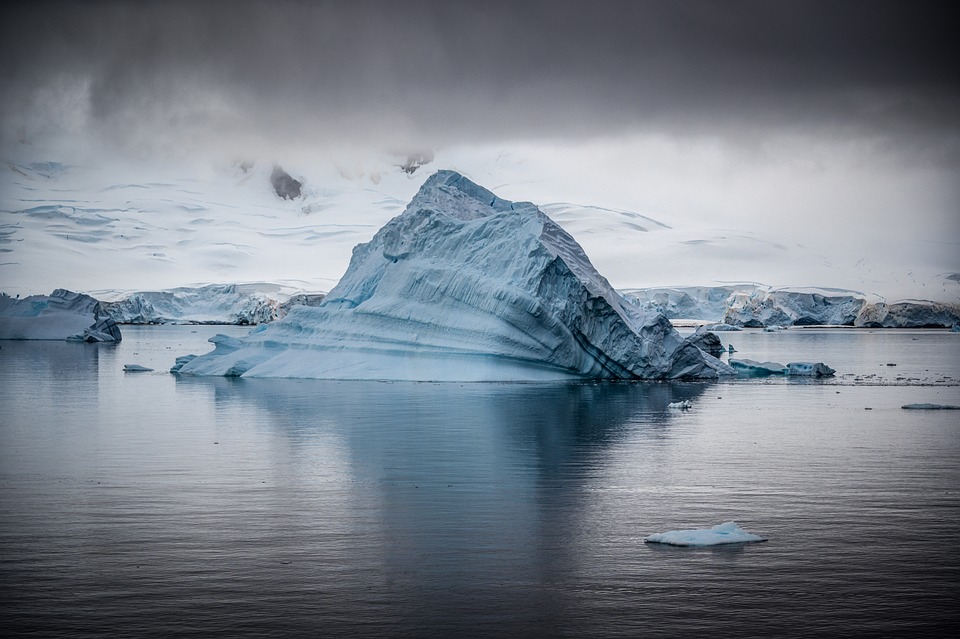What Is the Climate of El Salvador? A Guide to Weather Patterns in Central America’s Smallest Country
El Salvador, the smallest country in Central America, is located in a tropical region characterized by a diverse landscape that includes beaches, mountains, and urban areas. Its tropical climate significantly influences its vibrant ecosystems, agriculture, and tourism, making it a unique destination for travelers.
Overview of El Salvador’s Climate
El Salvador experiences a tropical climate with two distinct seasons: a dry season from November to April and a rainy season from May to October. Due to its proximity to the equator, the country enjoys consistently warm temperatures throughout the year, typically ranging from 25°C to 30°C (77°F to 86°F). The climate supports rich biodiversity and agricultural practices that are vital to the country’s economy.
Seasonal Weather in El Salvador
Dry Season (November to April)
– The dry season is marked by warm temperatures, clear skies, and low humidity levels.
– This period is ideal for tourism, as visitors flock to the country’s stunning beaches and historical sites.
Rainy Season (May to October)
– The rainy season brings frequent afternoon showers and occasional tropical storms.
– Rainfall during this time revitalizes agriculture and contributes to lush green landscapes across the country.
Temperature Patterns in El Salvador
El Salvador maintains warm temperatures year-round. Average daily temperatures typically range from:
– Coastal Areas: Higher temperatures around 30°C (86°F) with increased humidity.
– Highland Areas: Cooler conditions due to elevation, with temperatures averaging between 12°C and 23°C (53°F to 73°F).
Regional Climate Variations
El Salvador’s geography creates notable regional climate variations:
– Coastal and Lowland Areas: These regions are generally warmer and more humid, particularly along the Pacific coast.
– Highland and Mountainous Areas: Cooler temperatures prevail here due to elevation, providing pleasant weather year-round.
Microclimates also exist based on specific geographical features, influencing local weather patterns.
Factors Influencing El Salvador’s Climate
Several factors affect El Salvador’s climate:
– Pacific Ocean Influence: The ocean moderates coastal temperatures and contributes to seasonal rainfall patterns.
– Mountainous Terrain: Elevation changes create microclimates that can significantly differ from nearby lowland areas.
– El Niño and La Niña: These climatic phenomena can alter rainfall distribution and temperature patterns, impacting agriculture and weather conditions.
FAQs
When is the best time to visit El Salvador?
The best time for travel is during the dry season from November to April when conditions are more favorable for outdoor activities.
Does El Salvador experience hurricanes?
Yes, hurricane season runs from June to November, with potential impacts during this period. Travelers should monitor weather reports closely.
How hot does it get in El Salvador?
Temperatures typically reach around 30°C (86°F) during the day but can be cooler in higher altitudes.
Is the rainy season in El Salvador safe for travel?
While travel is possible during the rainy season, visitors should be prepared for heavy rains that can lead to flooding and road closures.
What clothing should I pack for El Salvador’s climate?
Lightweight, breathable clothing is recommended for warm weather. Additionally, packing rain gear is advisable if traveling during the rainy season.
Conclusion
El Salvador’s tropical climate offers two primary seasons that enhance its appeal as a travel destination. With year-round warmth, beautiful landscapes, and seasonal variety, it attracts visitors seeking both adventure and relaxation amidst its rich cultural heritage.

Kyle Whyte is a notable scholar and professor at the University of Michigan, holding positions such as the George Willis Pack Professor in the School for Environment and Sustainability and Professor of Philosophy. Specializing in environmental justice, his work critically examines climate policy and Indigenous peoples’ ethics, emphasizing the nexus between cooperative scientific endeavors and Indigenous justice. As an enrolled Citizen Potawatomi Nation member, he brings a vital perspective to his roles as a U.S. Science Envoy and member of the White House Environmental Justice Advisory Council. His influential research is supported by various prestigious organizations including the National Science Foundation, and disseminated through publications in high-impact journals. Kyle actively contributes to global Indigenous research methodologies and education, with affiliations to numerous institutes and societies dedicated to traditional knowledge and sustainability. Recognized for his academic and community engagement, Kyle has earned multiple awards and served in various visiting professorships. His efforts extend to leadership positions on boards and committees focused on environmental justice nationwide.
